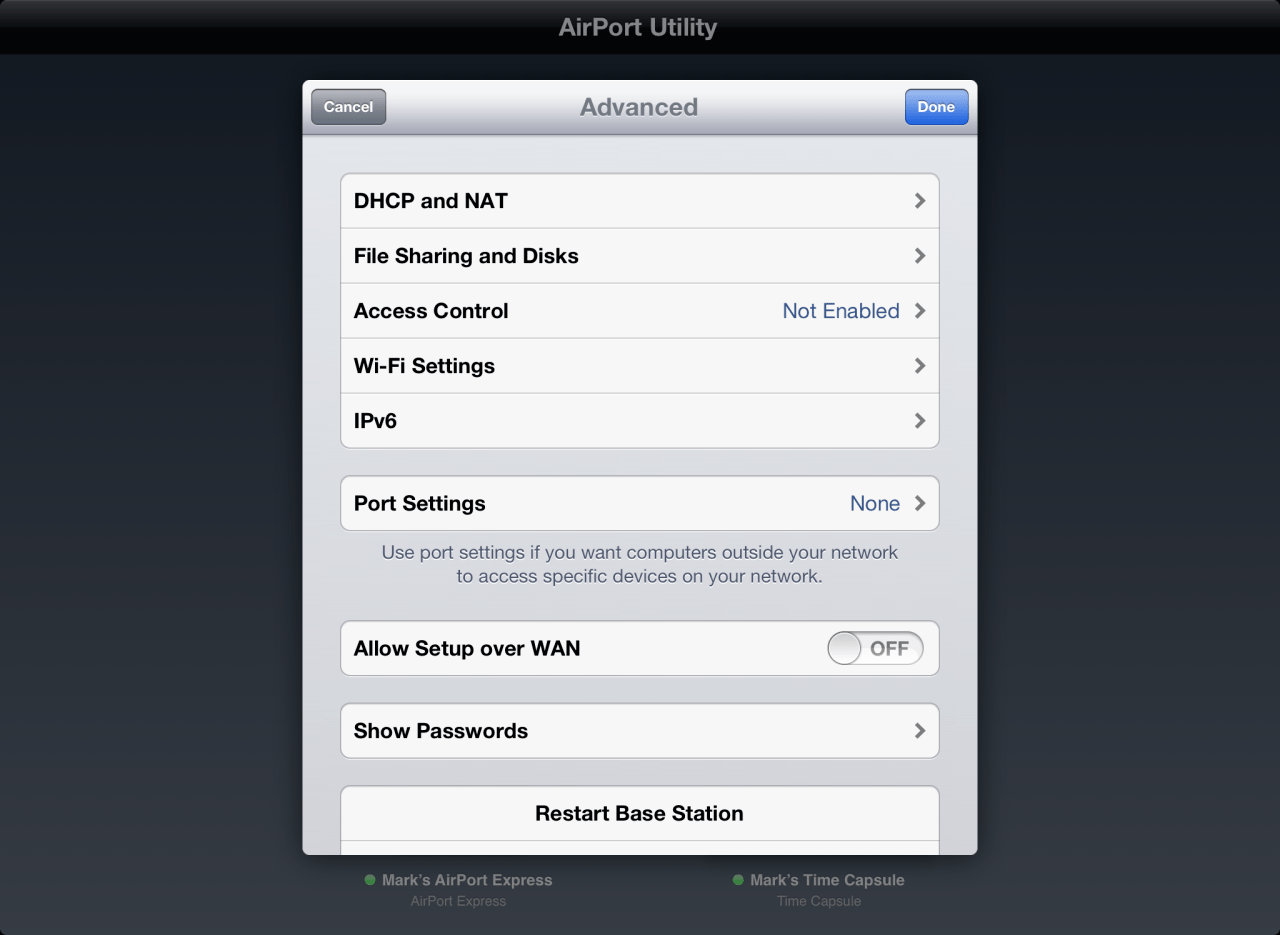

Try changing your router’s wireless spec mode from B, G and N to G only or vice versa. In particular, several users have noted that the recently released MacBook Pro EFI Firmware Update 1.9 resolves this issue.Ĭhange 802.11 specs on the router. Check your router manufacturer’s website for any updates. Make sure that both your router and your Mac are using the latest available firmware. This will produce a constant ping that may keep your connection active.Īpply the latest firmware. Press return, and leave the Terminal open.Type the following at the Terminal prompt: ping 192.168.1.1 - replace 192.168.1.1 with your router’s IP address from step 1.Launch the Terminal application (click the Spotlight icon in the upper-right corner of the screen and type “Terminal”).Open System Preferences (available from the Apple icon in the upper-left corner of the screen), then navigate to Network > AirPort > Advanced… > TCP/IP and find your router’s address.This fix involves setting your Mac up to repeatedly ping your router, which may keep the connection active. Fixes for Snow Leopard (Mac OS X 10.6.x) Drops WiFi
:max_bytes(150000):strip_icc()/001A-set-up-apple-airport-express-2000740-dfa11cc7632b484186d1473eb2f19180.jpg)
We have, however, identified a few less-traditional fixes that have provided respite from the persistent drops for many users. Typical fixes for this issue (including switching to or from IPv6, resetting router settings, etc.) have proven largely ineffective.
#Airport utility mac os x mac os x
A number of users have reported an issue in which Mac OS X 10.6.x (Snow Leopard) repeatedly drops WiFi (AirPort) connections when connected to a variety of wireless routers.


 0 kommentar(er)
0 kommentar(er)
